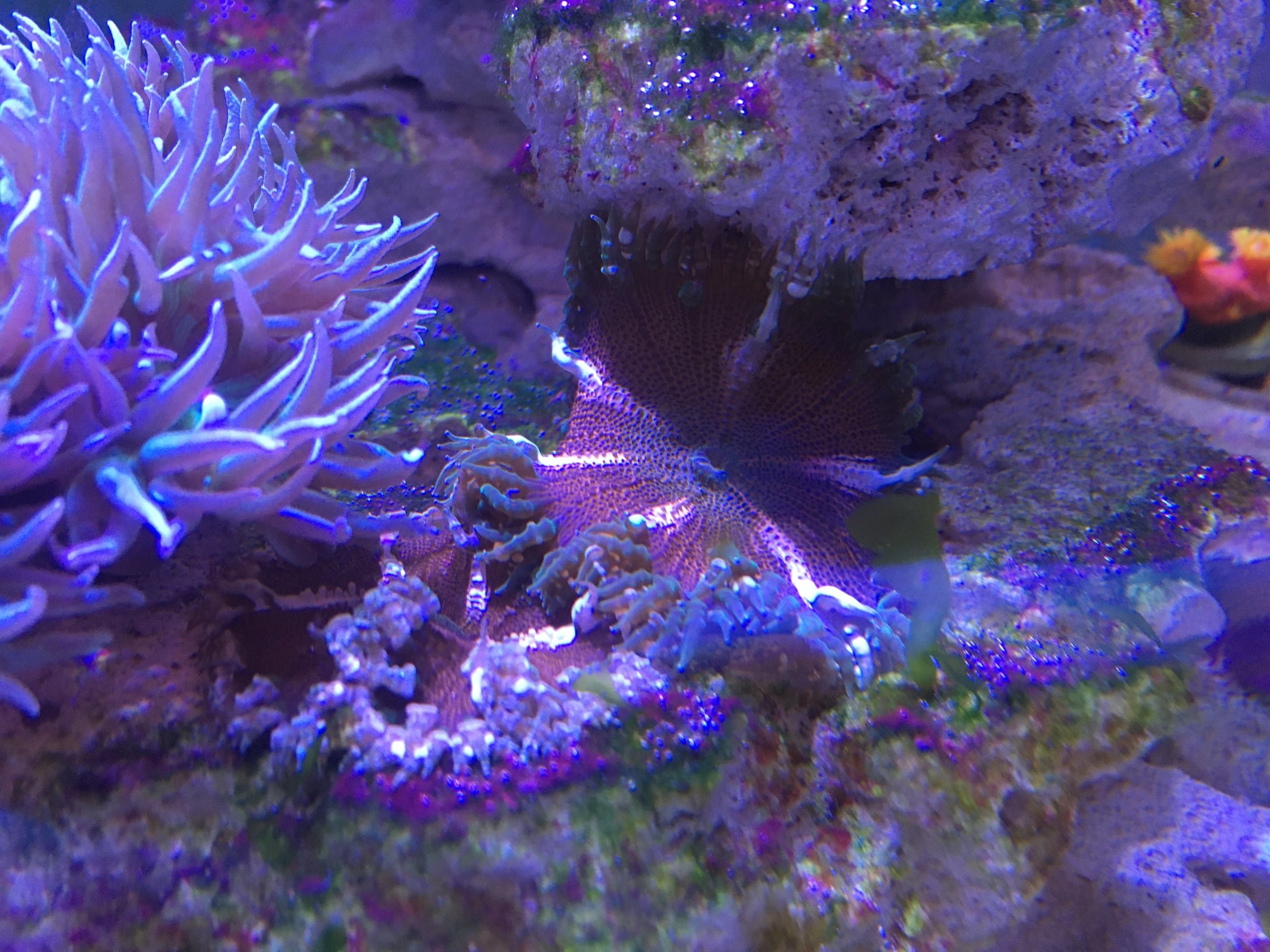Ok, so I am sure this isn't the simplest question out there, but is there anyway post a general list of supplies one would need to start out with?
If you want to build a sump or something non critical:
1. quality try square or woodworking square $10
2. table saw with laminate blade $50 for blade
3. razor blade
4. pair of spring clamps $5 these are not bar clamps...they look like pliers
5. denatured alcohol $8
6. can of air $4
7. box of pins
8. can of weld on 40 and applicator $15
9. ability to say huh..well that is good enough
If you want to build a display tank...
1. Router mounted in a table
2. two blade flush trim bit or spiral cut flush trim bit $45
3. fine wire .. like 24 gauge $8
4. A really flat surface
5. 30-40' feet of 1.5" wide foam tape $15
6. a really straight piece of aluminum or plastic (to act as a router fence)
7. couple c clamps or bar clamps $20
8. random orbital sander at 600,800,1200,2000, paper $20
9. number 3 and 2 acrylic polish
10. confidence in your ability or nerves of steel
As you can see, there is nothing ridiculously expensive. The clamps and what not you can get at harbor freight. The only NICE tool you need is the router bit. You can make your own jigs and what not with MDF and a table saw. I think the biggest mistake I see is people cutting sheet goods or pieces without tuning their saw first to make sure the blade is dead square and parallel to the fence. Acrylic is pretty forgiving if you take your time.




















